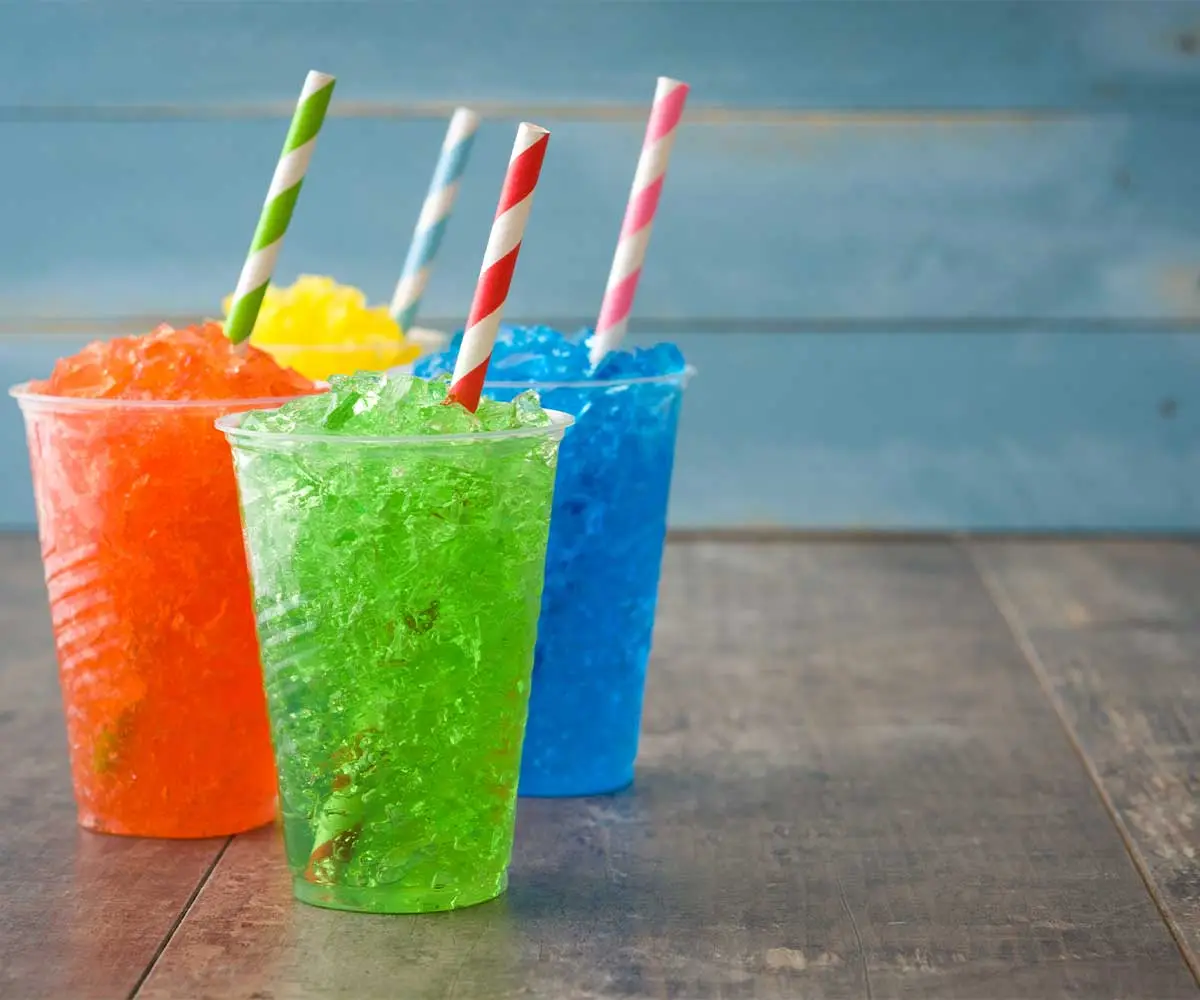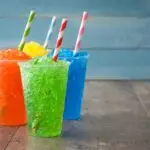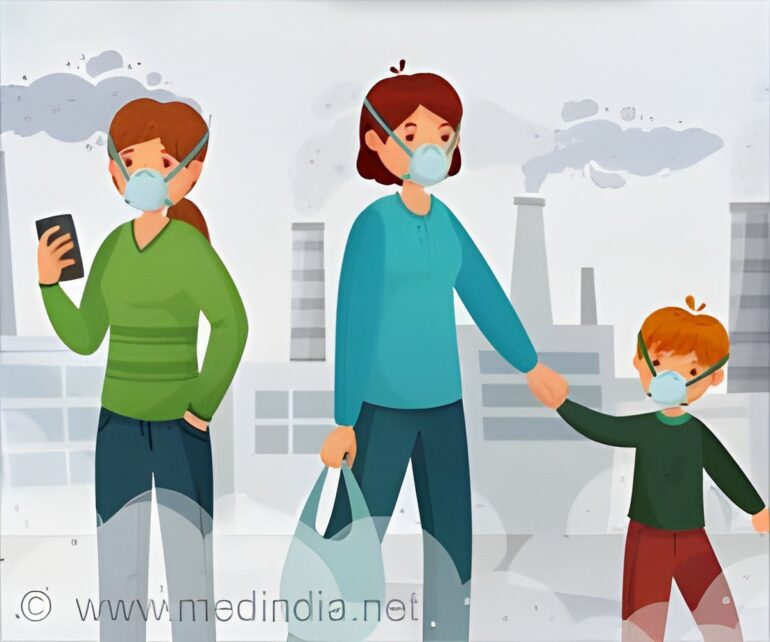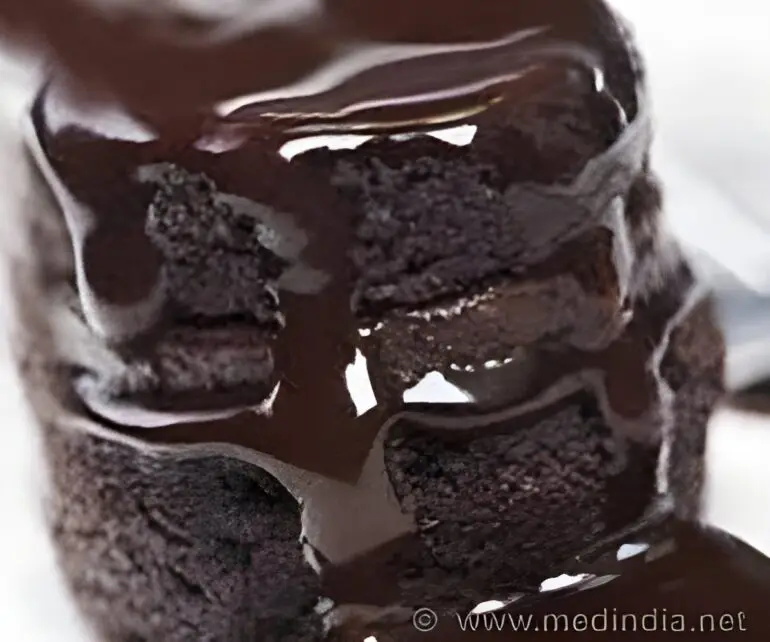-
 play_arrow
play_arrow
Radio Rehoboth
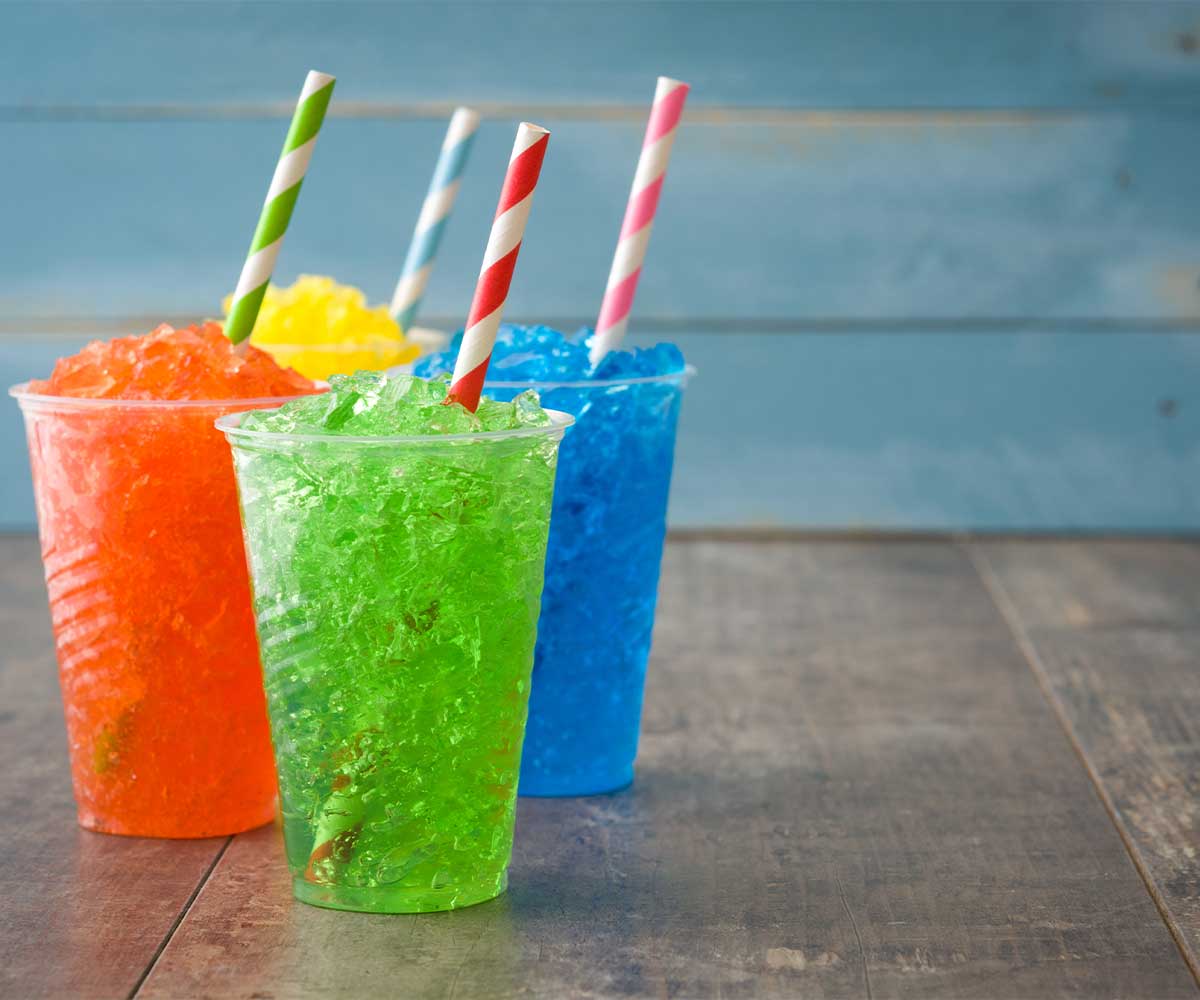
Slushies can be risky! Reduced-sugar slush ice drinks may be even more dangerous for kids due to higher glycerol levels.

Summer is here, and icy drinks are a must to beat the heat! Many kids love glycerol-containing slushies (slush ice drinks), but are they really safe to drink? Let’s find out!
Researchers suggest that public health advice on the safe consumption of glycerol-containing slushies may need updating after reviewing the medical records of 21 children who fell ill soon after drinking them.
Advertisement
Glycerol Intoxication Syndrome: The Hidden Risk in Slush Ice Drinks
Their findings, published in the journal Archives of Disease in Childhood, show that in each case the child became acutely unwell with a cluster of symptoms soon after drinking a slush ice drink, which the researchers refer to as glycerol intoxication syndrome (1✔ ✔Trusted Source
2025 Glycerol intoxication syndrome in young children, following the consumption of slush ice drinks
Go to source
).
The clinical and biochemical features were similar in all of these children and included reduced consciousness, a sudden sharp drop in blood sugar (hypoglycemia), and a build-up of acid in the blood (metabolic acidosis).
Such symptoms, when they occur together, can indicate poisoning or inherited metabolic disorders, prompting further investigations.
Advertisement
Glycerol Magic: The Trick Behind Perfect Slushies
Brightly colored slush ice drinks are designed to appeal to children, note the researchers. While the ingredients vary, most of those available in the UK and Ireland are ‘no added sugar’ or ‘sugar free’ products and contain glycerol (E422, also known as glycerin), they add.
Glycerol stops the ice from fully freezing, so maintaining the slush effect in the absence of a high sugar content, they explain.
Advertisement
Slush Ice Drinks Lead to Low Blood Sugar
With a view to informing public health policy and guidance for parents, the researchers scrutinized the medical notes of 21 children who had become acutely unwell after consuming a slush ice drink and had initially been diagnosed with hypoglycemia after their arrival in emergency care.
Apart from one child referred in 2009, all the others were referred for further review between 2018 and 2024.
Do Slushies Cause Hypoglycemia, Metabolic Acidosis and Glyceroluria in Children?
Diagnosis was informed by lab test confirmation of at least two of the following: hypoglycemia; metabolic acidosis; glyceroluria (high levels of glycerol in the urine), and backed up by negative biochemical, enzyme, and/or genetic test results for underlying inherited metabolic disorders.
Information on sex was available for 18 of the children, just over half of whom (10; 56%) were male. Their average age was 3 and a half, but ranged from 2 to nearly 7.
How quickly they became ill was known for 15: in 14 (93%) this was within 60 minutes. Similarly, state of consciousness was known for 17, and in 16 this was significantly and suddenly reduced. One child had a seizure. Urgent neuroimaging was carried out in 4 (33%) out of 12 children.
Twenty children had documented hypoglycemia (blood glucose 2.6 mmol/l or below); but in 13 (65%) this was even lower, indicating severe hypoglycemia. Metabolic acidosis was present in 16 of the 17 children for whom this information was available.
Twelve of 16 children had low levels of potassium, and 8 out of 9 in whom this was measured had falsely high blood fat levels (pseudohypertriglycerideremia). The researchers concluded that the children had had glycerol intoxication syndrome.
All the children recovered quickly after initial resuscitation and stabilization of their blood glucose. They were discharged with advice to avoid slush ice drinks. Twenty did so and had no further episodes of hypoglycemia.
But one drank another slush ice drink at the age of 7 and developed symptoms within an hour, rapidly progressing to vomiting and drowsiness. The parents gave the child a glucose drink, and called an ambulance. When the paramedics arrived, the child’s blood glucose was back to normal and symptoms were already resolving.
Sugarless Treats: Not So Sweet can Still Be Dangerous
Most of the cases in the series presented for emergency care between 2018 and 2024. And the researchers suggest: “A cause of the recent apparent surge in cases may be the reduced sugar content of these drinks, secondary to two main factors: first, public health and parental concerns about high sugar ingestion, and second, the introduction of a ‘sugar tax’ on high sugar (>5%)-containing drinks in Ireland and the UK in 2018 and 2019, respectively.”
These drinks sold in countries where there’s no sugar tax, contain a much higher glucose content and often don’t contain any glycerol at all, they add.
Sipping Safely: How Much Slushie is Too Much?
Based on some of the cases in this series, the UK Food Standards Agency recommended that young children (4 and under) shouldn’t be given slush ice drinks containing glycerol, and that those aged 10 or younger should not have more than one. The Food Safety Authority of Ireland (FSAI) followed suit with similar guidance in 2024.
But the researchers believe that these recommendations may no longer be enough.
“There is poor transparency around slush ice drink glycerol concentration; estimating a safe dose is therefore not easy. It is also likely that speed and dose of ingestion, along with other aspects, such as whether the drink is consumed alongside a meal or during a fasting state, or consumed after high-intensity exercise, may be contributing factors,” they write.
“Food Standards Scotland and the FSAI suggested that 125 mg/kg of body weight per hour is the lowest dose that is associated with negative health effects. For a toddler this may equate to 50–220 ml of a slush ice drink. The standard size drink sold in the UK and Ireland is 500 ml,” they point out.
Given that these drinks don’t confer any nutritional or health benefits, “recommendations on their safe consumption therefore need to be weighted towards safety,” they suggest.
And they conclude: “To ensure safe population-level recommendations can be easily interpreted at the individual parental level, and given the variability across an age cohort of weight, we suggest that recommendations should be based on weight rather than age. Alternatively, the recommended age threshold may need to be higher (8 years), to ensure the dose per weight would not be exceeded, given normal population variation in weight.”
Reference:
- 2025 Glycerol intoxication syndrome in young children, following the consumption of slush ice drinks – (https://adc.bmj.com/content/early/2025/02/10/archdischild-2024-328109)
Source-BMJ Group
Go to Source:https://www.medindia.net/news/summer-treats-frozen-risk-how-slushies-can-make-kids-sick-219363-1.htm
Author:
Written by: RSS
Similar posts
-

Daybreak Morning Show
Hosted by Jeff Balk
Join Jeff Balk for all the news and information you need to know to start your day and enjoy your stay in Rehoboth Beach, Dewey Beach and the Lewes areas with special featured guests from our non-profits, businesses and art communities.
close Chart
Top popular

News Briefs 10/17/23
Board of Commissioners Workshop & Special Meeting – November 6

Six Sussex road projects considered in latest CTP
Knicks vs. Cavaliers prediction, odds, line, spread, time: 2023 NBA picks, Nov. 1 best bets from proven model
NFL Week 17 highlights: Packers, 49ers, Saints, Steelers win, Cardinals stun Eagles
Copyright 2023 East Sussex Public Broadcasting, Inc.


